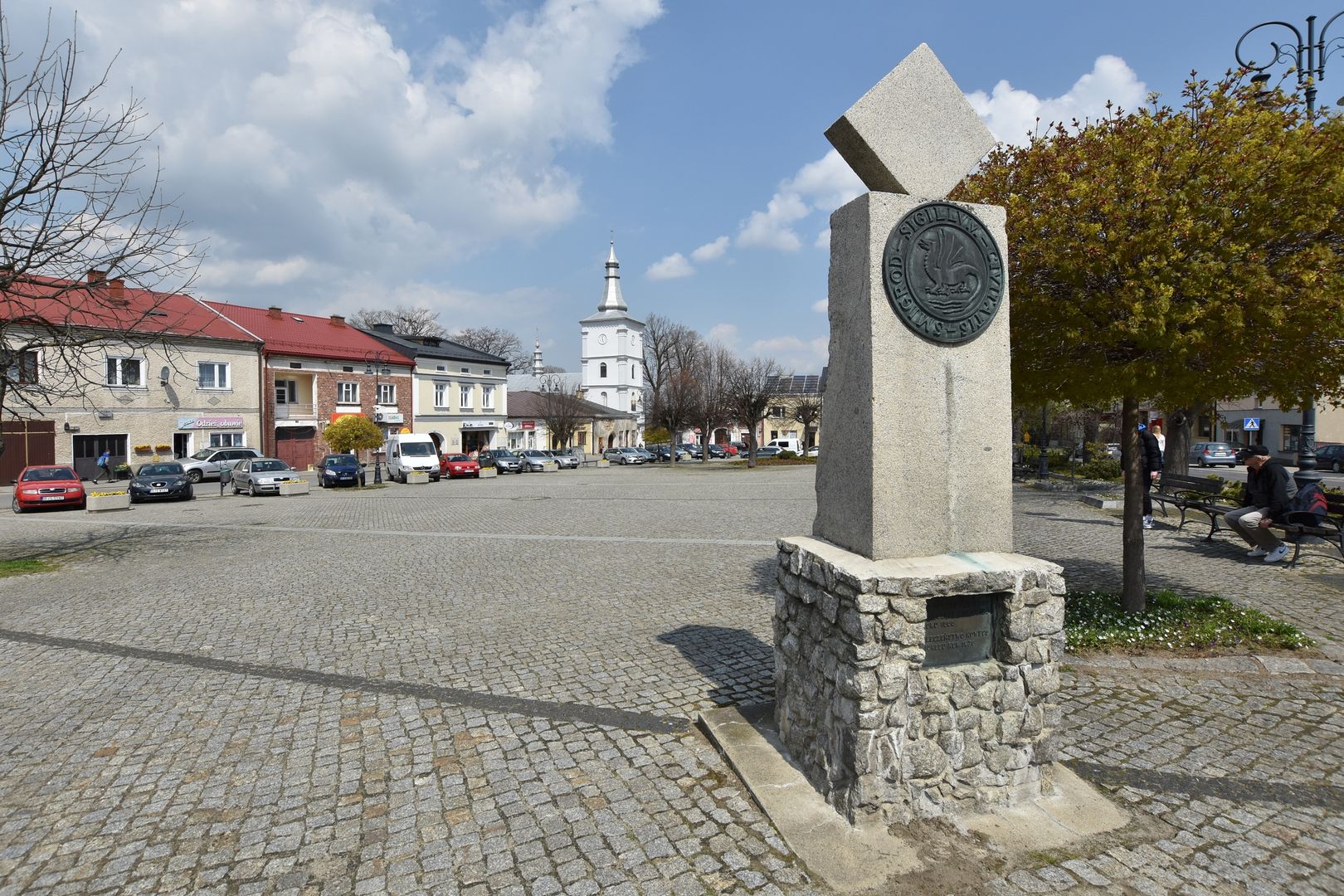Nowy Żmigród
6.81

Overview
Nowy Żmigród is a village in the Podkarpackie Voivodeship with approximately 1,400 inhabitants. Once a town, it received its municipal charter in 1331, which it lost in 1934. The settlement is the seat of both the local municipality and the Parish of Saints Peter and Paul. It is situated at the confluence of the Głojsce stream and the Wisłoka River, surrounded by picturesque hills. Historical records indicate that these lands were originally inhabited by the Lędzianie tribe and later by Vlachs—pastoral communities that established settlements under Vlach law. Nowy Żmigród once had a town hall and served as an important trading point on the route from Sandomierz to Hungary during the Middle Ages. In 1332, Pope John XXII granted permission for the establishment of a Dominican monastery, underscoring the locality's religious significance.
Architecturally, the Church of Saints Peter and Paul stands out, having been rebuilt several times since the 16th century, alongside preserved townhouses from the 18th and 19th centuries. The village is also home to a World War I military cemetery and a Jewish cemetery. Between the 16th and 18th centuries, Nowy Żmigród experienced economic prosperity, attracting merchants as well as Hungarian bandits. In 1625, it was granted renewed town rights. During World War II, the area witnessed numerous tragic events, including the murder of its Jewish population. In 1944, the village held strategic importance, and after the war, it changed hands to new owners and began to rebuild despite ongoing repression against members of the Home Army (AK).
Nowy Żmigród has been home to sports clubs and has inspired writers and artists, such as the author Kazimierz Chłędowski and the painter Stanisław Dębicki. Archaeological finds, including bronze swords, attest to the long history of settlement in the region. The village retains its unique identity, blending cultural, architectural, and historical elements, making it an attractive destination for tourists and historians alike.
Location
2025 Wizytor | All Rights Reserved